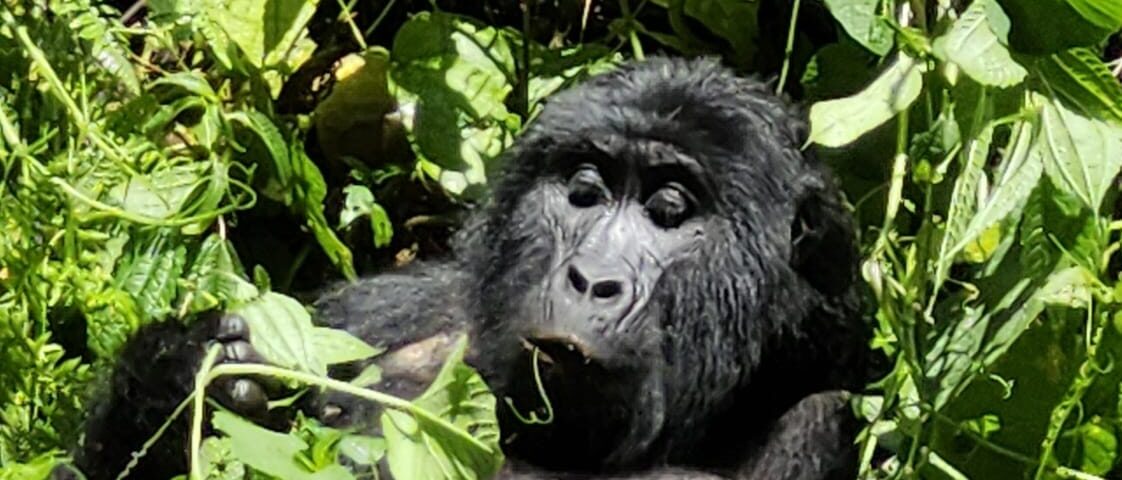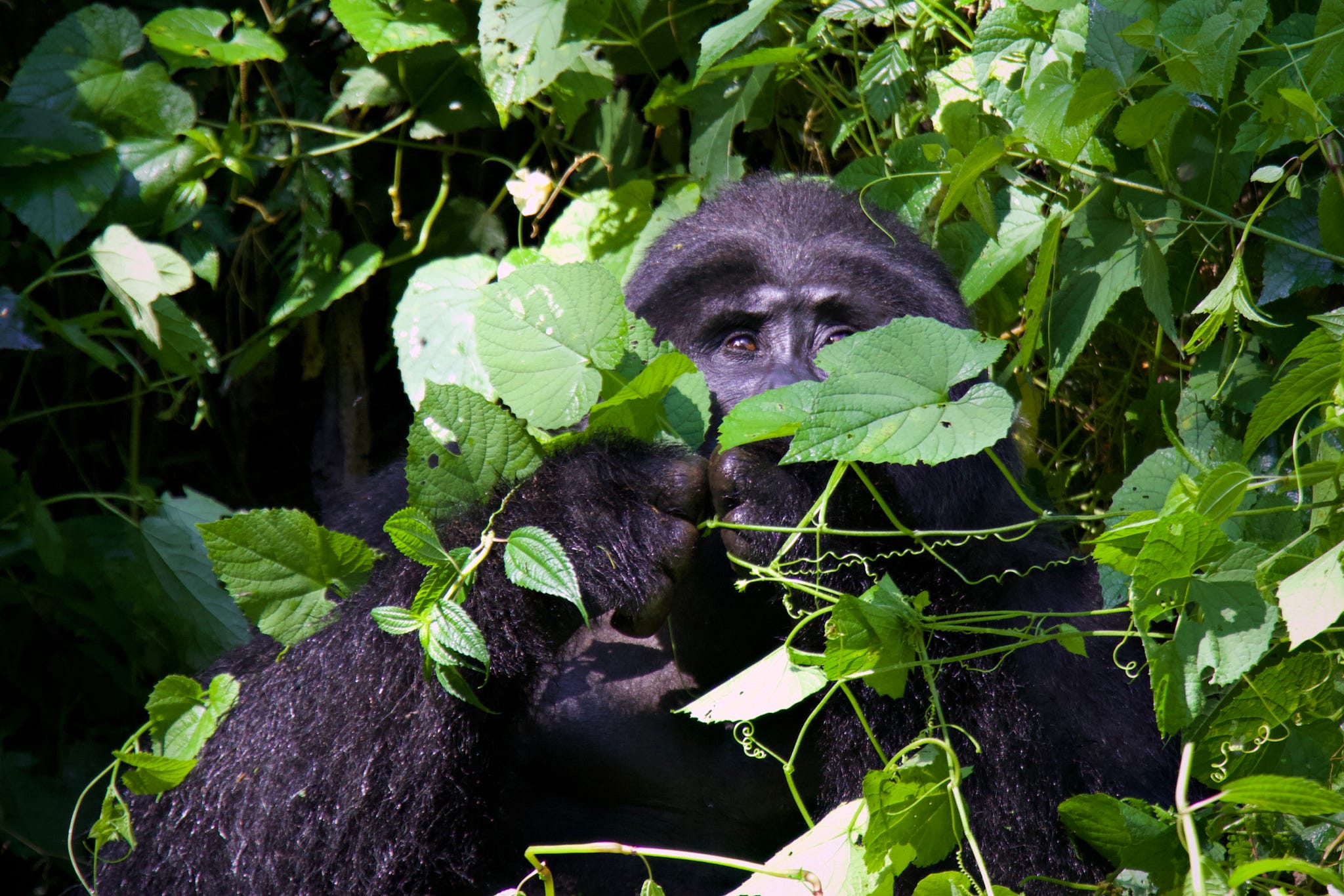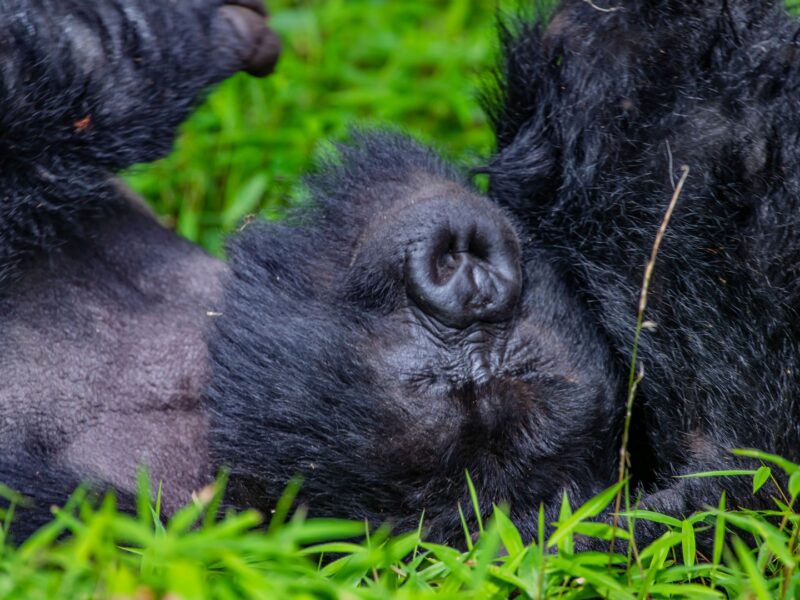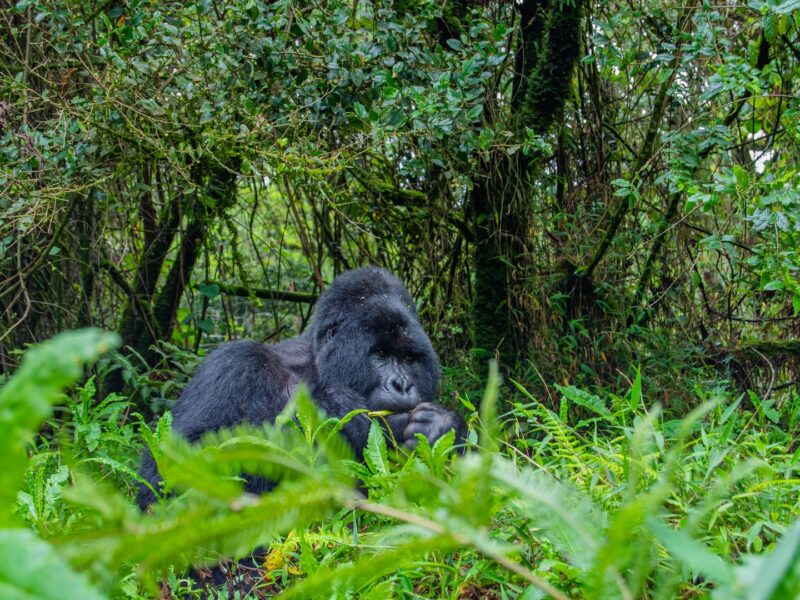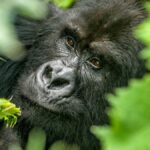
Are Gorillas Dangerous?
July 22, 2025
How Long Do Gorillas Live?
July 22, 2025What Is the Biggest Threat to Gorillas?
Gorillas, despite their powerful presence in the wild, are gentle giants facing numerous threats that compromise their survival. One of the most pressing concerns is habitat loss.
Among the biggest threat to Gorillas are Human activities particularly agriculture and logging.
Settlement expansion continues to shrink the rainforest environments that gorillas rely on for food, shelter, and safety.
In regions like Bwindi Impenetrable Forest and the Virunga Massif, the delicate balance between conservation and development must be actively maintained.
The pressure to clear forests for farmland or infrastructure can lead to increased human-wildlife conflict, leaving gorillas with limited space.
Another serious danger comes from poaching, often indirectly.
Gorillas frequently fall victim to snares set for other animals, resulting in severe injuries and death.
These wire traps, indiscriminately laid, can cripple a gorilla or lead to fatal infections.
Furthermore, poaching for illegal pet trade or trophies still occurs in some regions, despite international bans.
Disease transmission represents a modern and growing threat.
Because gorillas share nearly 98% of their DNA with humans, they are highly susceptible to many human illnesses.
From respiratory infections to viruses like COVID-19 also simple flu or cold can have deadly effects.
As gorilla trekking in Uganda and other parts of Africa becomes increasingly popular, strict guidelines around distance and hygiene is put in place.
Political instability and civil unrest in parts of the Democratic Republic of Congo and surrounding areas.
The political instability on surrounding areas also hinders conservation work and place both gorillas and rangers in danger.
War, armed conflict, and corruption is also a biggest threat to Gorillas which leads to the collapse of protective measures.
Climate change, while less visible in the short term, poses a long-term existential threat.
Altered weather patterns can affect food availability, when the sunshine becomes too much it affects the forests.
migration patterns are among the biggest threats to Gorilla, and the overall health of the forest ecosystems that support mountain gorillas.
In the Bwindi Impenetrable National Park, changing rainfall levels are already affecting vegetation and water sources.
That’s why Gorilla trekking safaris in Uganda are more than tourism they’re a direct investment in conservation.
Operators like Ngeye Tours & Travel ensure that your Uganda gorilla safari not only delivers an unforgettable experience but also supports the guardianship of endangered gorillas.
When you choose to embark on the best gorilla trekking safari with a reputable provider, your permit fees and presence contribute to anti-poaching patrols.
Veterinary interventions, and community outreach programs that form the backbone of gorilla conservation.
Responsible Africa gorilla trekking isn’t just about witnessing wildlife it’s about securing its future.


